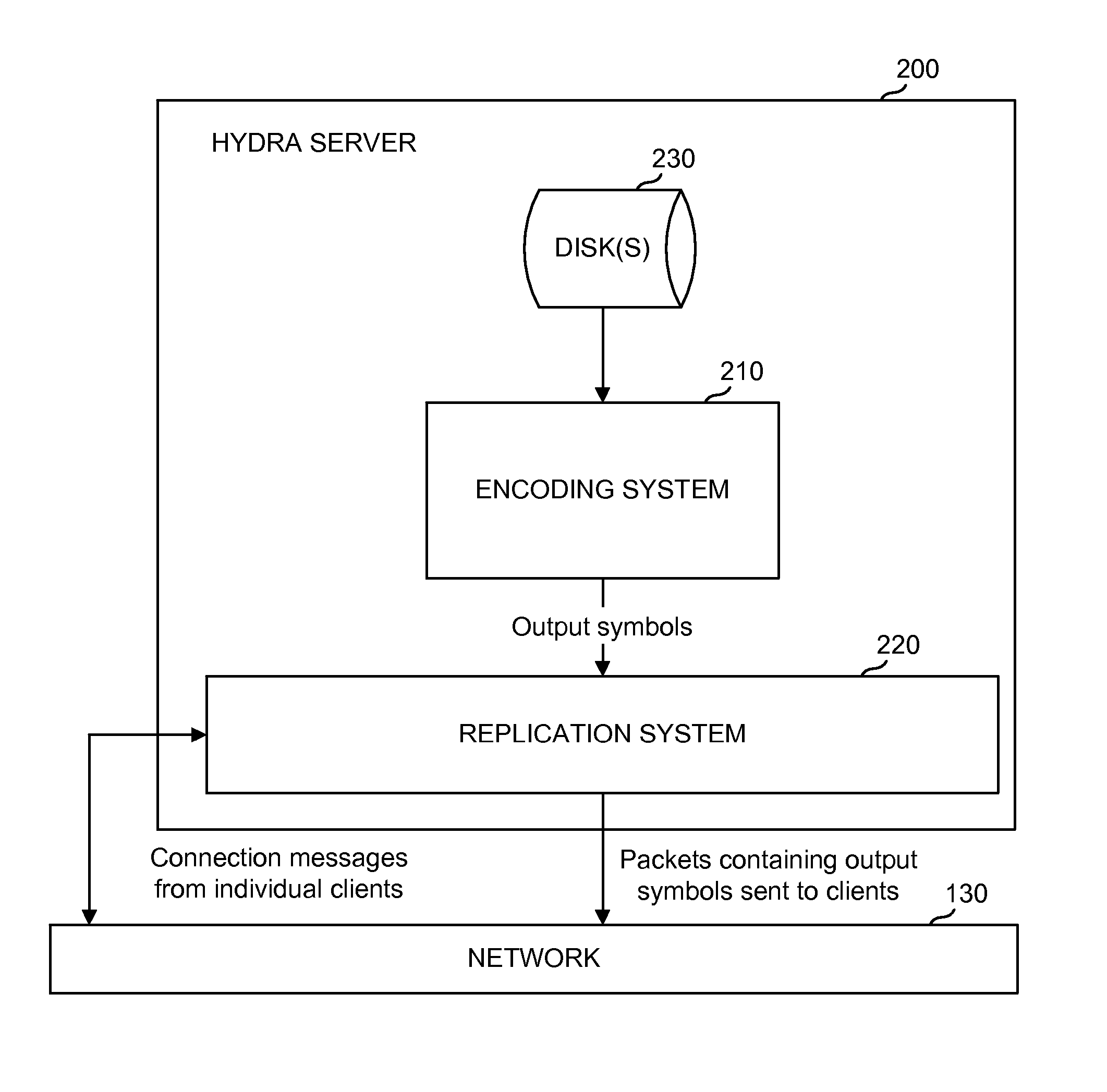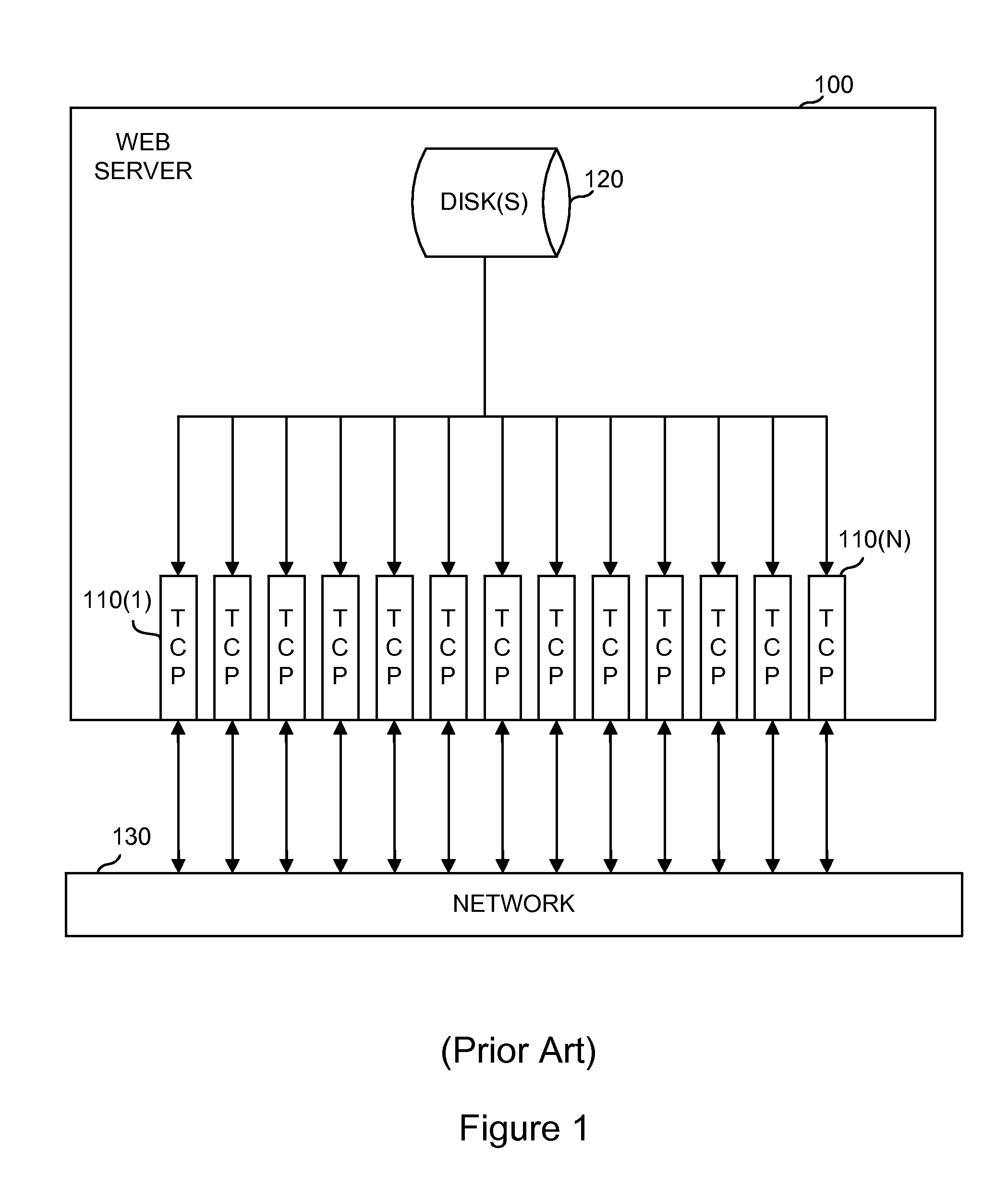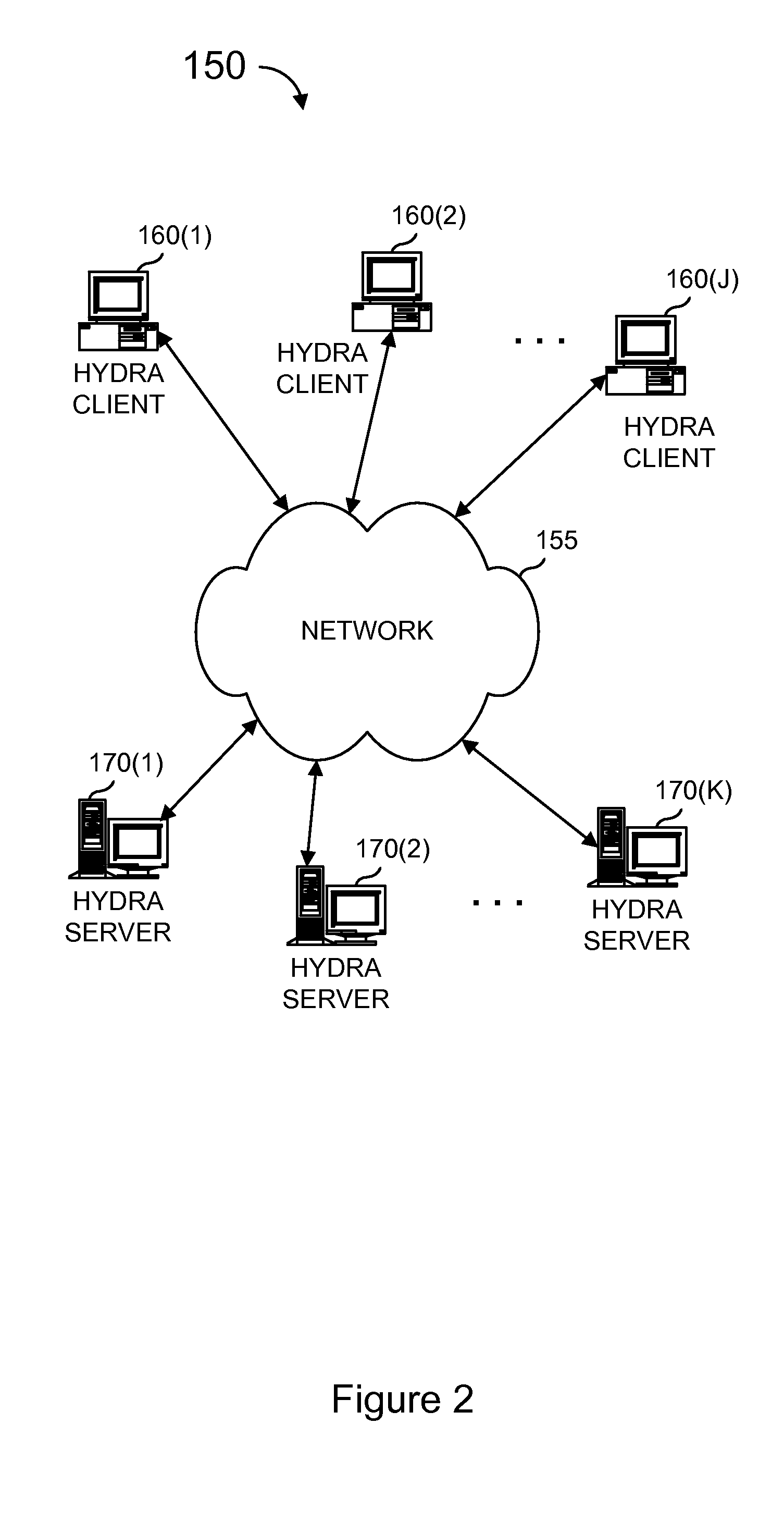Multi-output packet server with independent streams
a packet server and multi-output technology, applied in the field of communication systems, can solve the problems of massive packet loss, ten-times worse disk contention problem, and overloading of the network infrastructure by the intervening network,
- Summary
- Abstract
- Description
- Claims
- Application Information
AI Technical Summary
Benefits of technology
Problems solved by technology
Method used
Image
Examples
Embodiment Construction
[0046] The present disclosure references the following applications, the entire disclosures of which are herein incorporated by reference for all purposes:
[0047] More recently, chain reaction coding systems have been developed for use in content transmission systems. U.S. patent No., U.S. patent No., U.S. Pat. No. 6,486,803 and U.S. Pat. No. 6,411,223 describe various chain reaction coding systems in detail. As described therein, a chain reaction encoder generates output symbols from input symbols of the content as needed. The server can continuously generate output symbols for each content being served.
[0048] (1) U.S. Pat. No. 6,307,487 entitled “information Additive Code Generator and Decoder for Communication Systems” (hereinafter “Luby I”);
[0049] (2) U.S. Pat. No. 6,320,520 entitled “Information Additive Group Code Generator and Decoder for Communication Systems” (hereinafter “Luby II”);
[0050] (3) U.S. Pat. No. ______ (U.S. patent application Ser. No. 09 / 587,542 (Atty. Docke...
PUM
 Login to View More
Login to View More Abstract
Description
Claims
Application Information
 Login to View More
Login to View More - R&D
- Intellectual Property
- Life Sciences
- Materials
- Tech Scout
- Unparalleled Data Quality
- Higher Quality Content
- 60% Fewer Hallucinations
Browse by: Latest US Patents, China's latest patents, Technical Efficacy Thesaurus, Application Domain, Technology Topic, Popular Technical Reports.
© 2025 PatSnap. All rights reserved.Legal|Privacy policy|Modern Slavery Act Transparency Statement|Sitemap|About US| Contact US: help@patsnap.com



